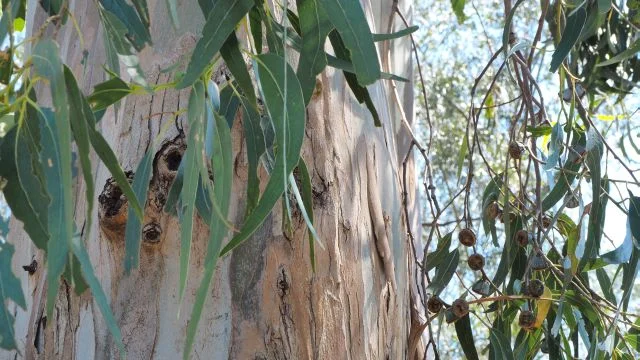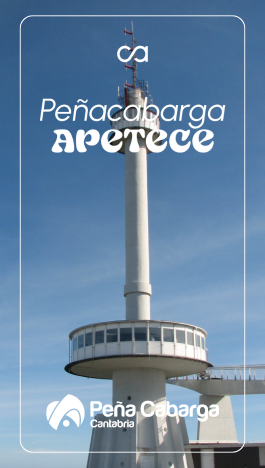Eucalyptus trees shed their bark annually instead of shedding their leaves.
Curiosities
The balsamic, anti-inflammatory, and bactericidal properties of its essential oils, mainly cineole and eucalyptol, are widely known.
| Height | Up to 40 meters in length. |
| Leaves | Persistent, simple, hairless, and with an entire margin. Those of young specimens are opposite, wide, and stalkless, and in adult specimens, they are elongated, alternate, and have a stalk. |
| Flowers/Fruit | The flowers are very melliferous (honey-producing) and often grow in clusters in the axil of the twigs. The fruit is a greenish, brownish, or grayish capsule, containing small and abundant seeds. |
| Climate/Habitat | Mediterranean climates, where there are no severe frosts and abundant water is available. They can extract water from very deep layers. Naturalized species have adapted to many environments, such as laurel forests (fayal-brazal), pine forests, and even the more humid thermophilous forests. |
| Common Name | Eucalyptus |
| Scientific Name | Eucalyptus |
| Genus | Eucalyptus |
| Family | Myrtaceae |




















